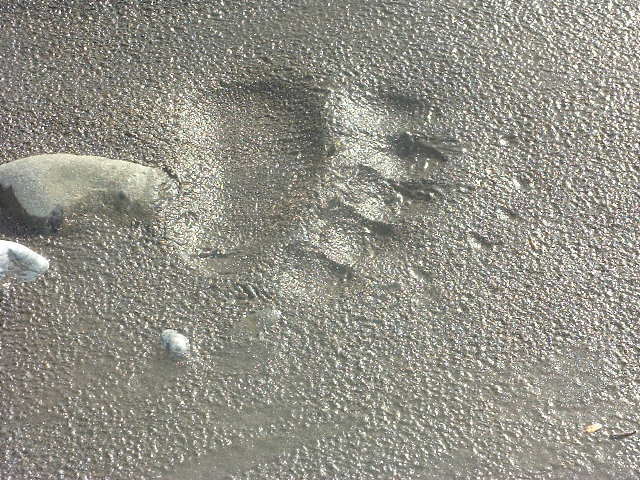
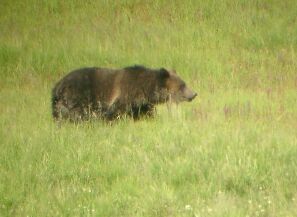
The grizzly (Ursus arctos), also known as brown bear, has been pushed from most of its historical range in the Pacific Northwest. However, they may still be seen them in Alaska, Glacier National Park, and Yellowstone National Park.
As near as I can tell, there is considerable overlap in the size and feeding behavior of the grizzly and the black bear. Consequently, you will have to look carefully at any bear sign encountered in areas supporting both species.
Here I present examples of tracks, scat, and feeding behavior. Recently I had the opportunity to follow the trail of a small grizzly working the edge of a meadow in Yellowstone.

I found these tracks in various locations within Yellowstone National Park, including the Lamar Valley, Hayden Valley, Beaver Lake, and Willow Park.
Typical ambling gait. Side lope. Steve Engel found this traditional grizzly trail along a salmon stream in Southeast Alaska.
Many years of use, with each bear stepping exactly in the same spot, has left bare depressions
marking a diagonal stride (58" stride, 24" straddle). A soft scat. Fallen log torn apart to get at grubs or termites. Ant hill dug up to get at the ants and the larva. A dig, presumably to find tubers. I also saw 2 young trees uprooted in a meadow. Presumably the bear dug up the trees while
trying to get at Uinta ground squirrels that tend to use make their burrows under natural features
such as tree roots or rocks. The amount of digging in the grizzly trail helps distinguish it
from black bear. Steve Engel found this marking tree in Southeast Alaska. He found hair caught in the bark
along the edges and the sap oozing from the wound.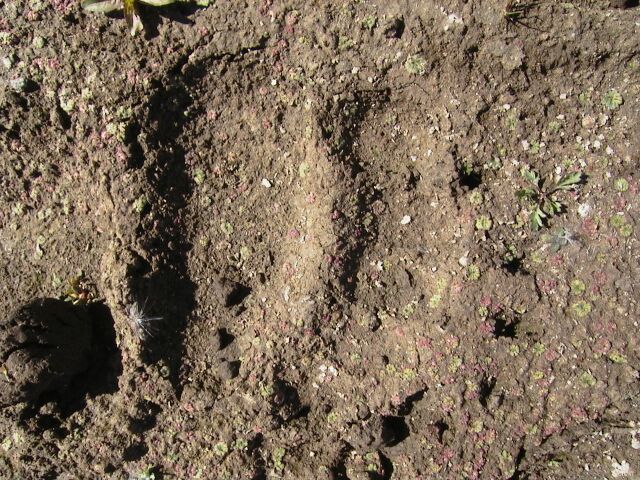

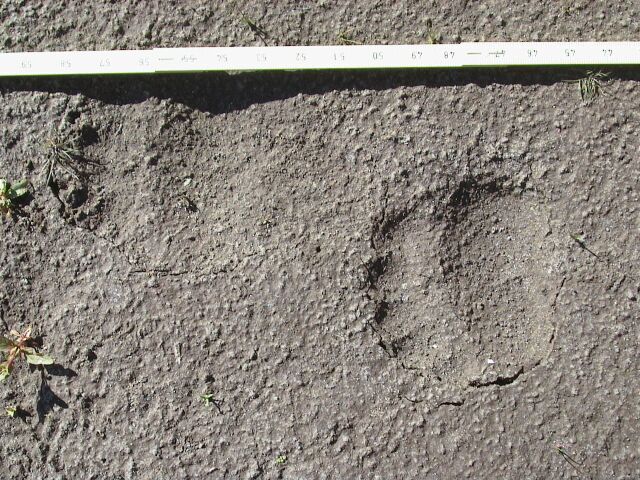
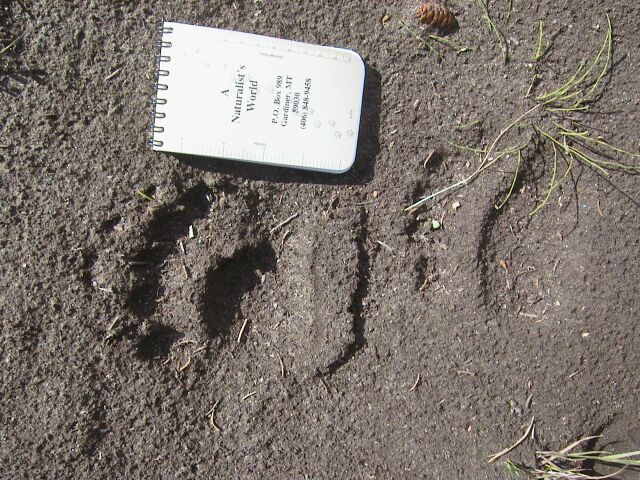
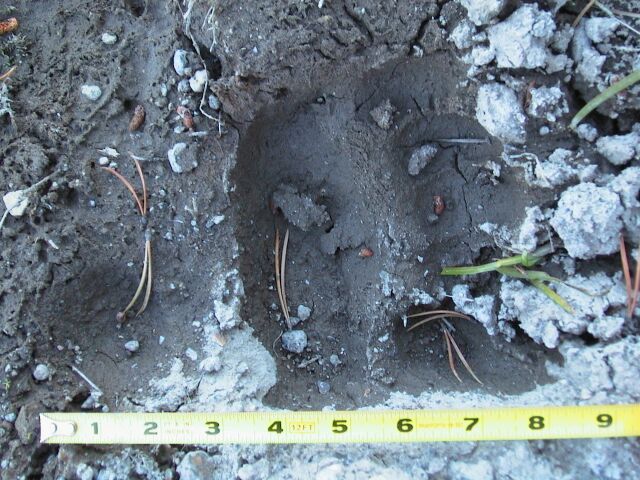
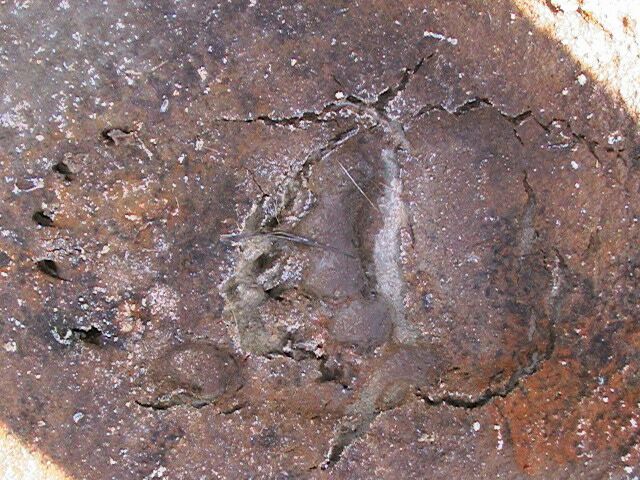
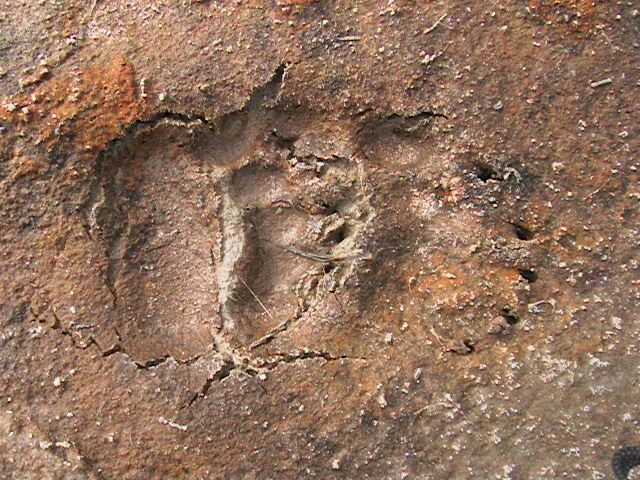

Gait
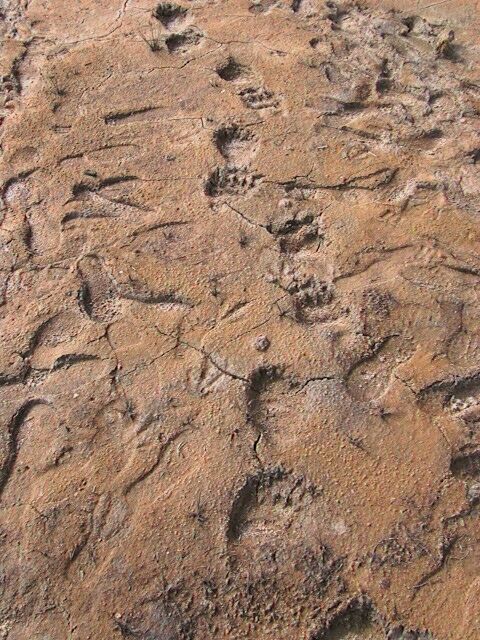
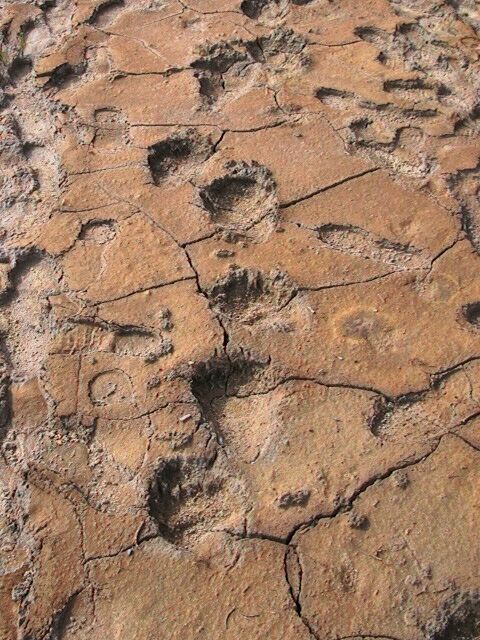

Scat

Feeding Behavior
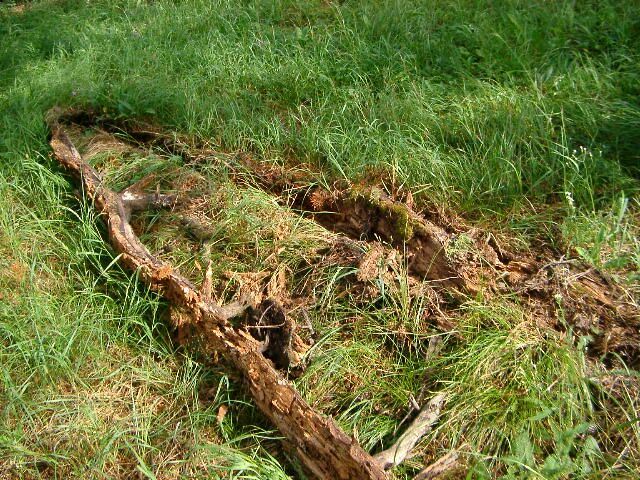
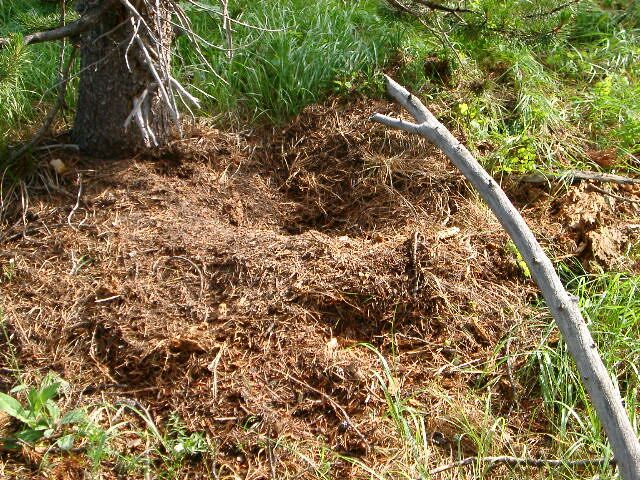
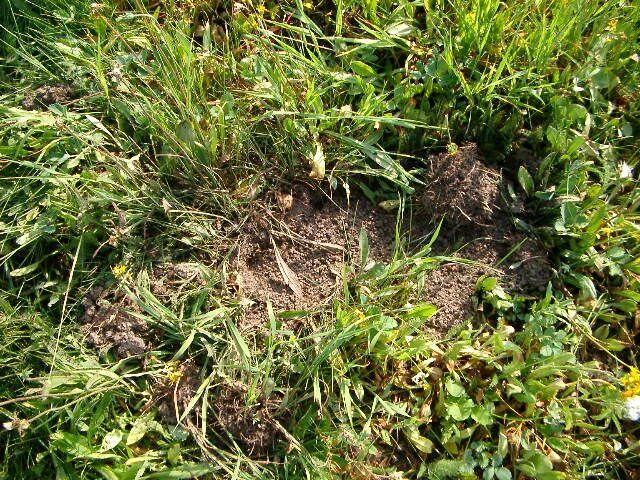
Other Sign

Return to Menu